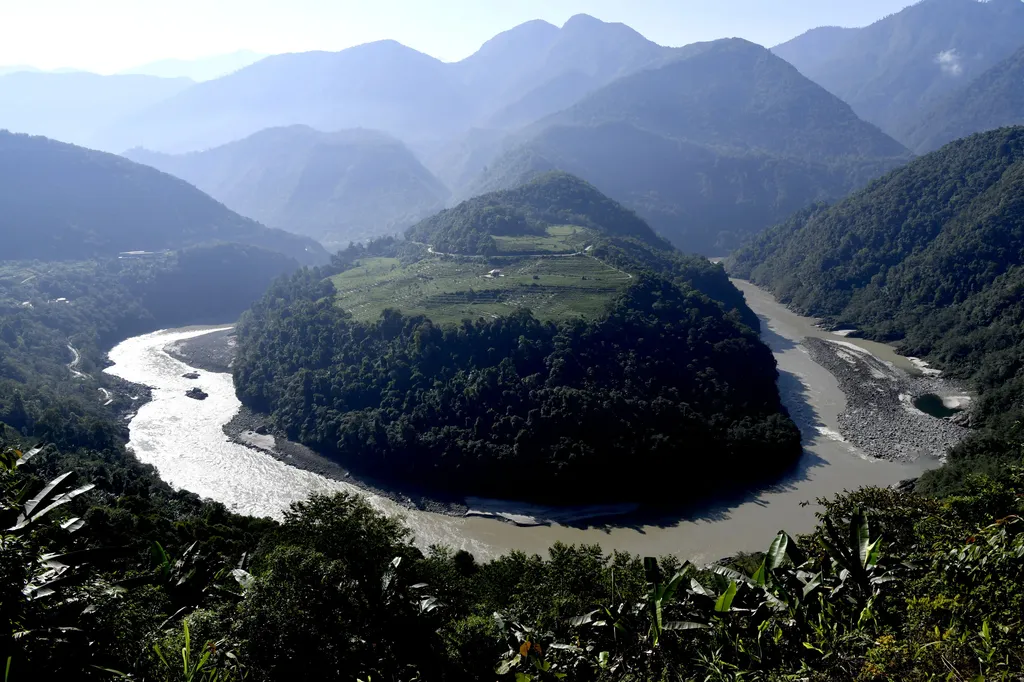China has embarked on an ambitious dam project in the Yarlung Tsangpo Grand Canyon, the world’s longest and deepest canyon located in Tibet. The $167 billion project, overseen by Chinese Premier Li Qiang, will comprise five cascade dams and is poised to become the largest dam project globally. The Yarlung Tsangpo River, with its dramatic descent of over 6,000 feet, holds significant potential for hydropower generation, with estimates suggesting it could produce up to 70 gigawatts of electricity.
The implications for the agriculture sector are multifaceted. On one hand, the project could provide a substantial and reliable energy source for agricultural activities, potentially boosting productivity and efficiency in farming practices. The abundant hydropower could support irrigation systems, reduce reliance on fossil fuels, and contribute to more sustainable agricultural practices. However, the environmental impact of such a massive project raises concerns. The river gorge is a biodiversity hotspot, home to a variety of wildlife, including snow leopards, Bengal tigers, and numerous plant species. Disruption to this ecosystem could have far-reaching consequences for local agriculture, as biodiversity is crucial for maintaining ecological balance and supporting agricultural productivity.
For investors, the project presents both opportunities and risks. The potential for significant energy generation could attract investment in renewable energy sectors and related industries. However, the high cost of the hydro project, estimated to be six times more expensive per gigawatt than a comparable solar project, raises questions about its economic viability. Additionally, the environmental and geopolitical risks associated with the project could deter some investors. The concerns raised by neighboring India, which fears the dam could be used as a strategic tool in future conflicts, add a layer of geopolitical complexity that investors must consider.
The Chinese government has assured that the dam will not pose risks downstream, but the potential for environmental damage and geopolitical tensions remains a significant concern. For the agriculture sector and investors, the project’s outcomes will depend on how these risks are managed and mitigated. Urgent action is needed to protect wildlife and the environment during construction, and ongoing monitoring will be crucial to ensure the project’s long-term sustainability and benefits.

